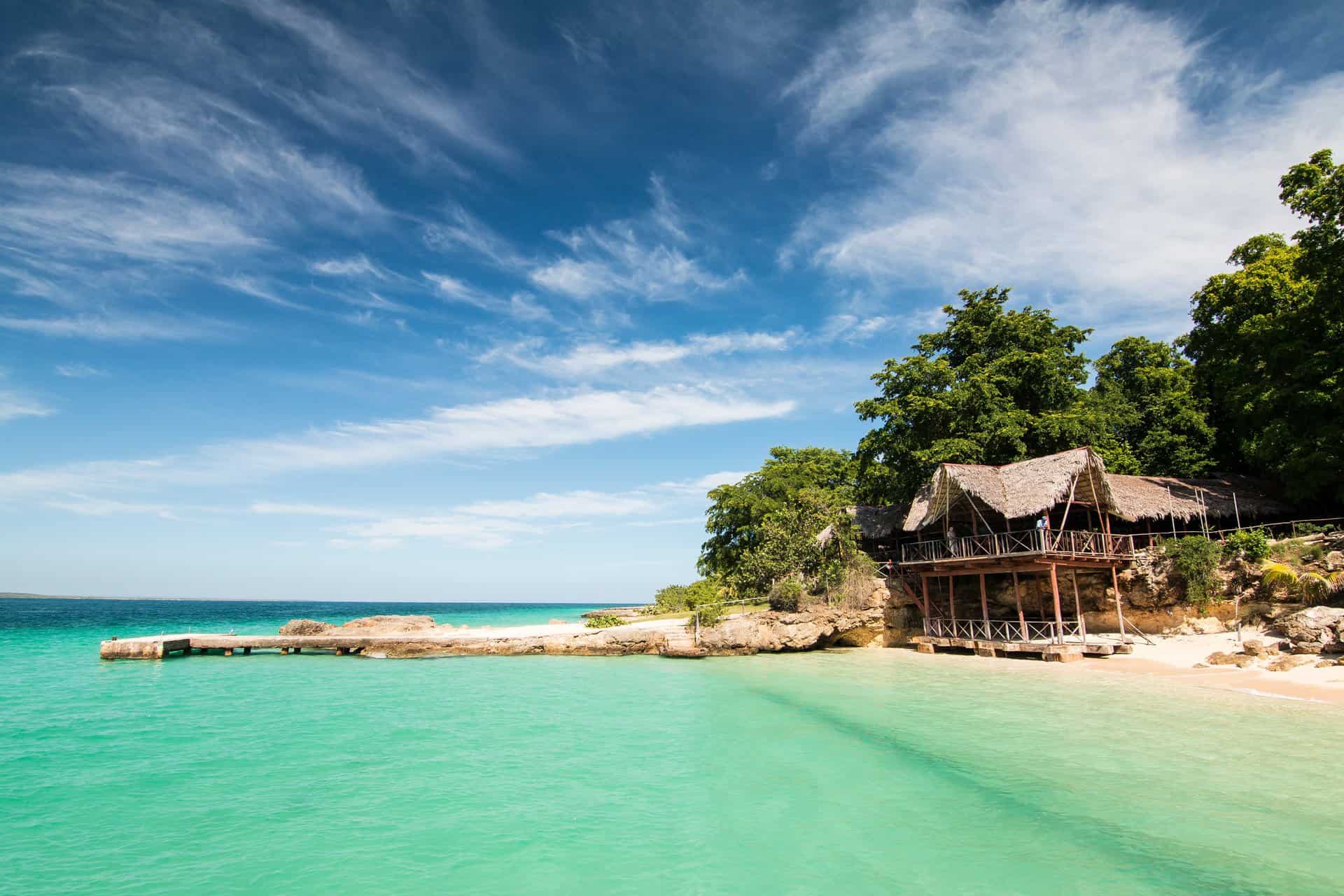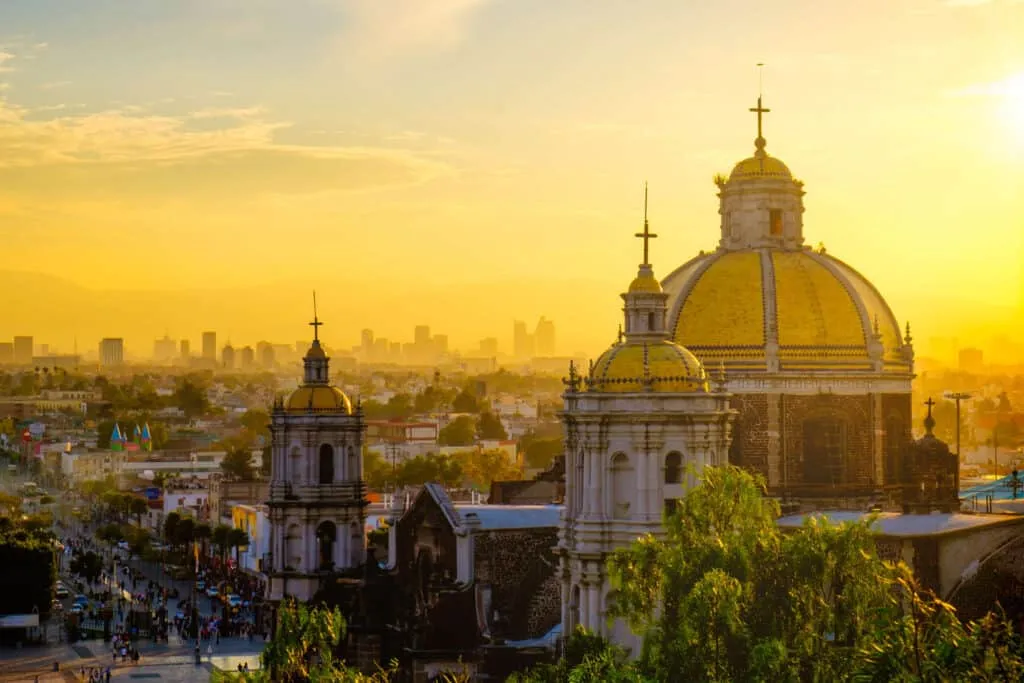
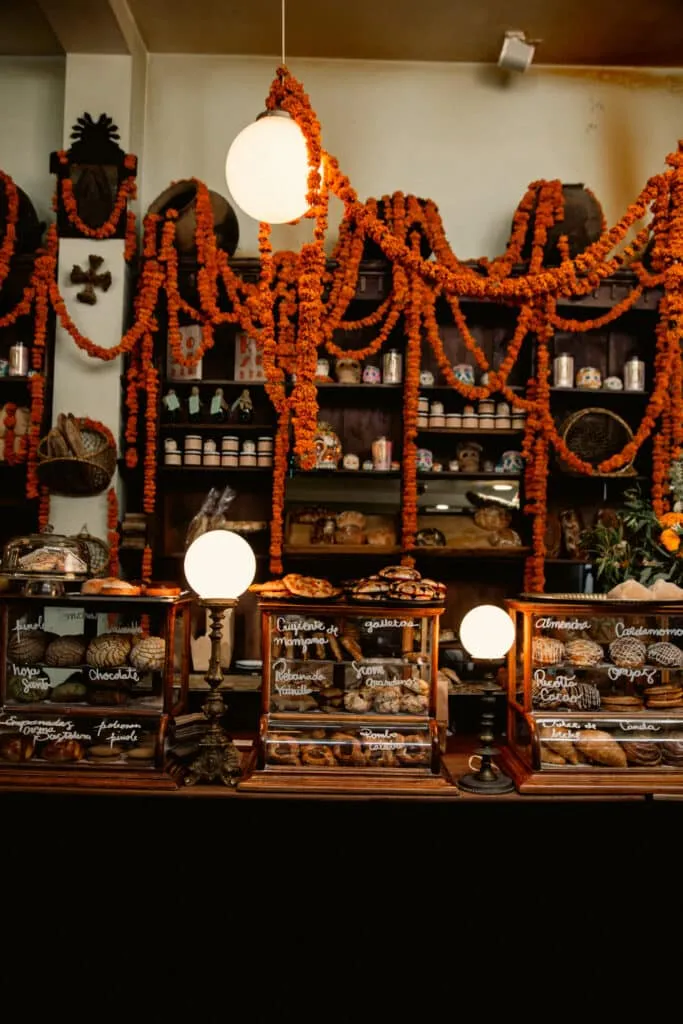
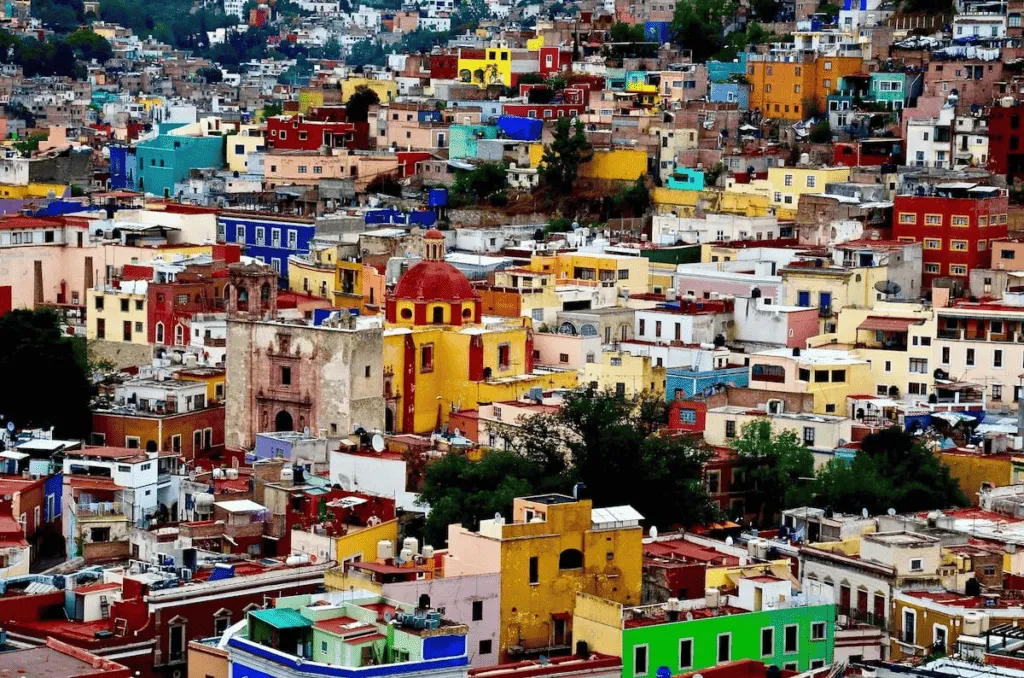
Mexico City is a canvas of contrasts, where ancient history and cutting-edge contemporary art converge in an extraordinary celebration of creativity.
For art and culture lovers, it’s a destination like no other, offering everything from monumental pre-Hispanic relics to the intimate spaces of its modern masters. With its grand museums, vibrant galleries, and storied landmarks, the city invites travellers to delve deep into the narratives that shape its identity.
Here’s how to experience the art and culture of Mexico City, step by captivating step.
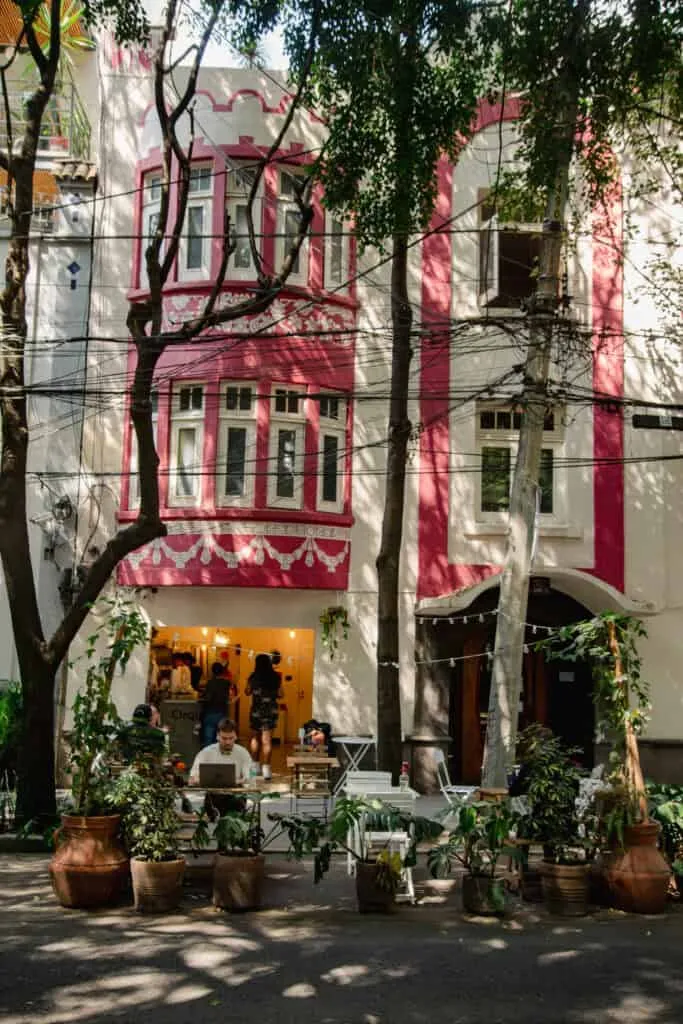
The Foundations of Civilisation: Museo Nacional de Antropología
Begin your journey at the Museo Nacional de Antropología, one of the most revered cultural institutions in the world. Located in the leafy Chapultepec Park, the museum’s striking modernist architecture, crowned by a vast concrete umbrella, sets the stage for its awe-inspiring collection.
Inside, the galleries take you on a journey through Mexico’s pre-Hispanic civilizations. Highlights include the colossal Aztec Sun Stone, an intricate cosmic calendar that demonstrates the sophistication of its creators, and the treasures of the Maya, Olmec, and Zapotec cultures. Here, the artistic achievements of ancient Mexico come vividly to life.
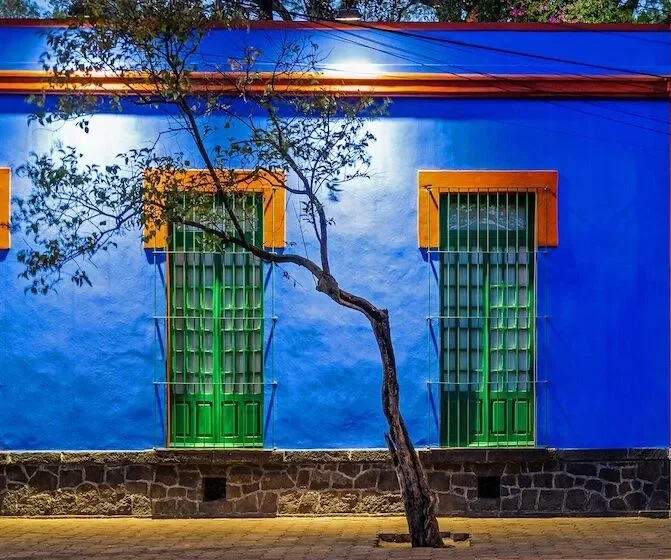
The Soul of an Artist: Casa Azul
In the colourful neighbourhood of Coyoacán, Casa Azul offers an intimate glimpse into the world of Frida Kahlo. This cobalt-blue house, where Kahlo was born and later lived with Diego Rivera, is both a museum and a deeply personal space. The walls are lined with her paintings, vibrant and raw, and the rooms are filled with her personal belongings, from traditional Tehuana dresses to her paints and brushes.
The garden, lush with native plants, feels like a sanctuary, a place where Kahlo’s spirit lingers. It’s easy to imagine her here, surrounded by the inspiration that fuelled her iconic works. Casa Azul is a window into the life of an artist who turned her pain and passion into masterpieces.
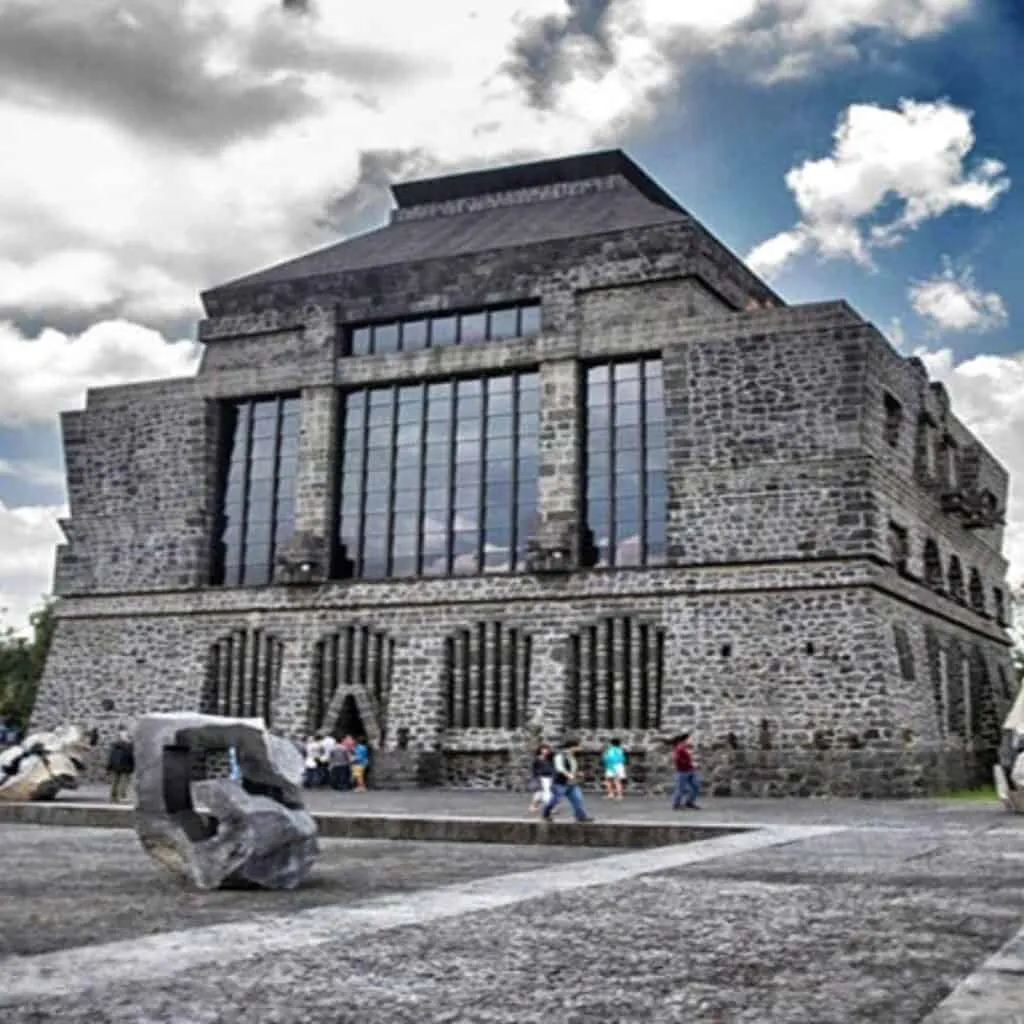
Diego Rivera’s Vision: Museo Anahuacalli
Not far from Casa Azul, Diego Rivera’s Museo Anahuacalli is a testament to his lifelong fascination with Mexico’s pre-Hispanic heritage. Designed by Rivera himself, the museum is built from volcanic stone, a structure that feels as ancient as the artefacts it houses.
Inside, the collection features over 50,000 pieces of pre-Hispanic art that Rivera collected throughout his life. The layout of the museum reflects the artist’s deep connection to Mesoamerican cosmology, blending art, history, and architecture into a singular experience.
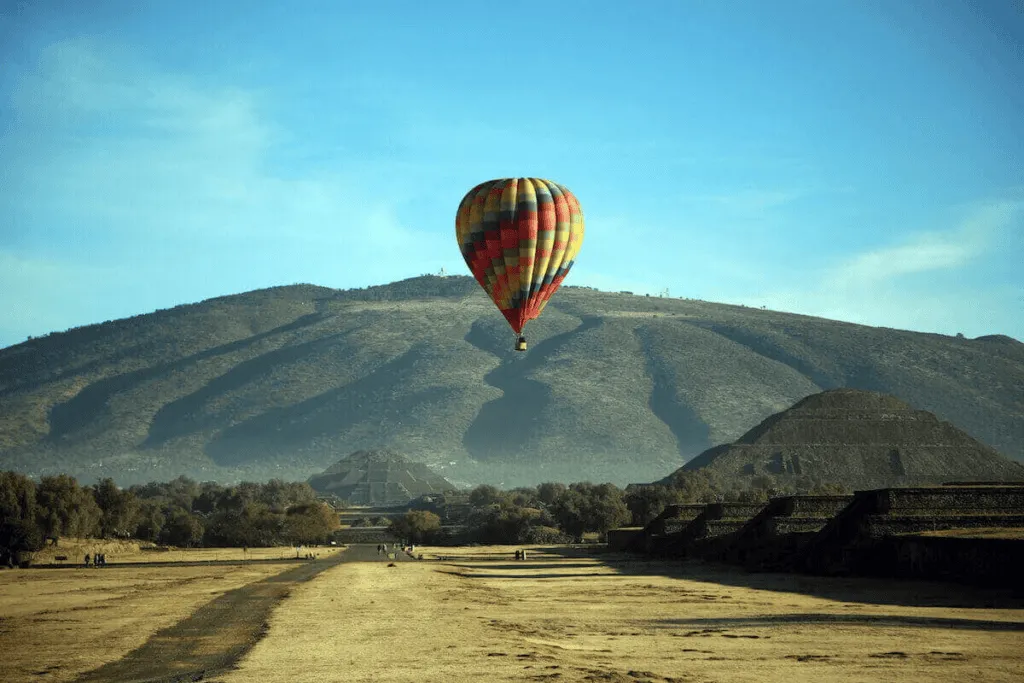
Ancient Grandeur: Teotihuacan
Just outside the city lies Teotihuacan, the ancient “City of the Gods.” While not an art museum in the traditional sense, the scale and sophistication of its architecture make it a true masterpiece of human creativity and ingenuity. Climb the Pyramid of the Sun for sweeping views of the site, where murals and carvings whisper of a civilization whose influence still resonates.
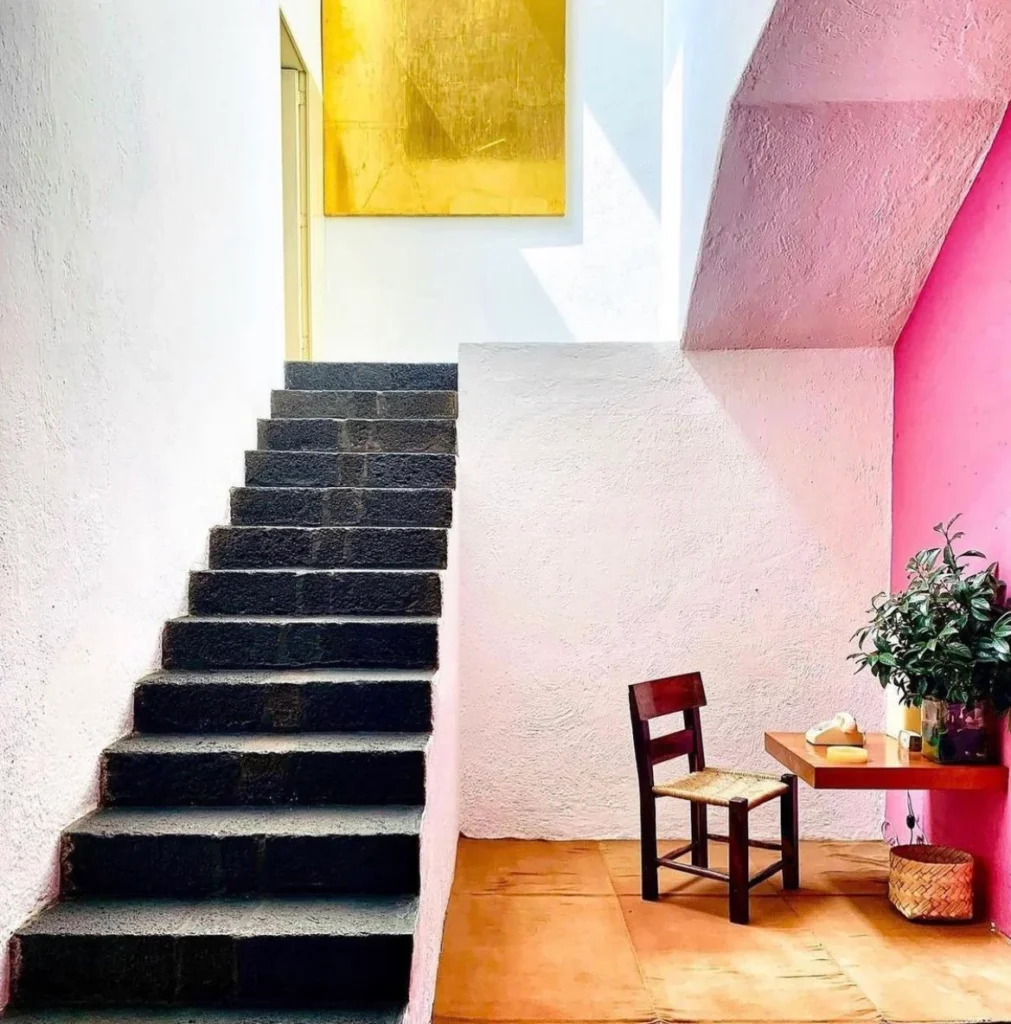
Modern Icons: The Barragán House and Beyond
For lovers of modern architecture, Mexico City is synonymous with Luis Barragán, whose work combines minimalist design with bursts of colour and light. A visit to the Barragán House, a UNESCO World Heritage Site, reveals his genius. The house is a study in contrasts—clean lines meet vibrant pinks and yellows, and quiet interiors open onto serene gardens. Barragán’s work is as much about emotion as form, offering a meditative experience that lingers long after you leave.
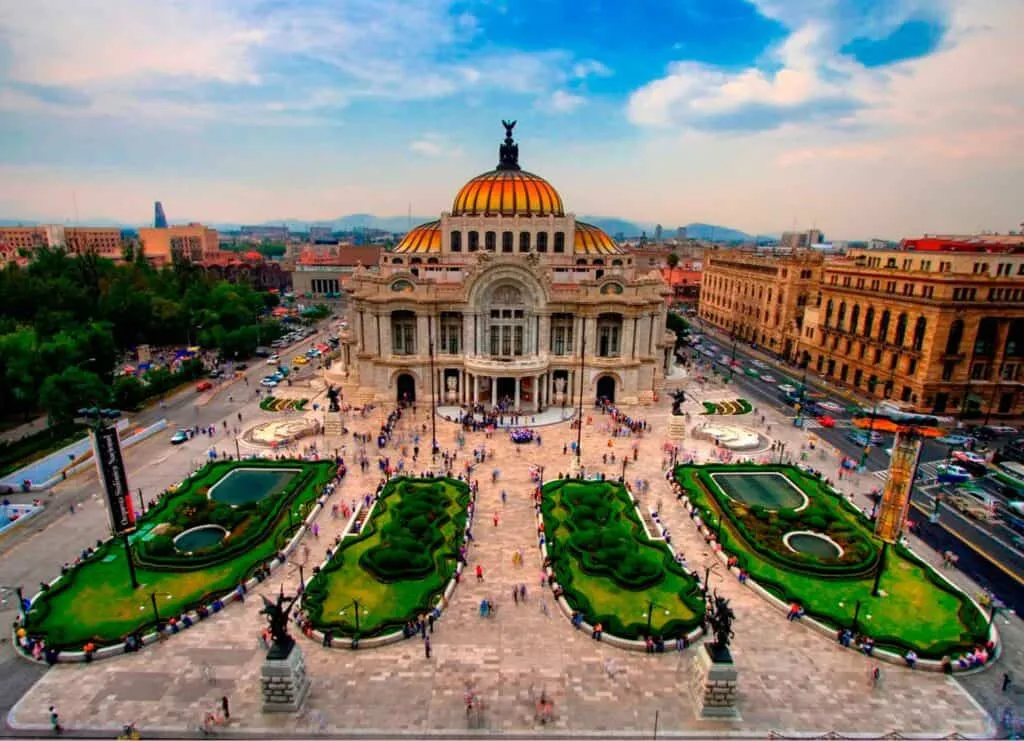
A City of Murals: Palacio de Bellas Artes
The Palacio de Bellas Artes, a masterpiece of Art Nouveau and Art Deco architecture, is the crown jewel of Mexico City’s cultural scene. Inside, its walls are adorned with murals by Diego Rivera, David Alfaro Siqueiros, and José Clemente Orozco, three giants of Mexican muralism. Rivera’s “Man at the Crossroads” is a particular highlight, a bold and complex depiction of humanity’s technological and ideological struggles.
The building also houses world-class performances, from ballet to opera, making it a cultural hub that bridges art forms and eras.
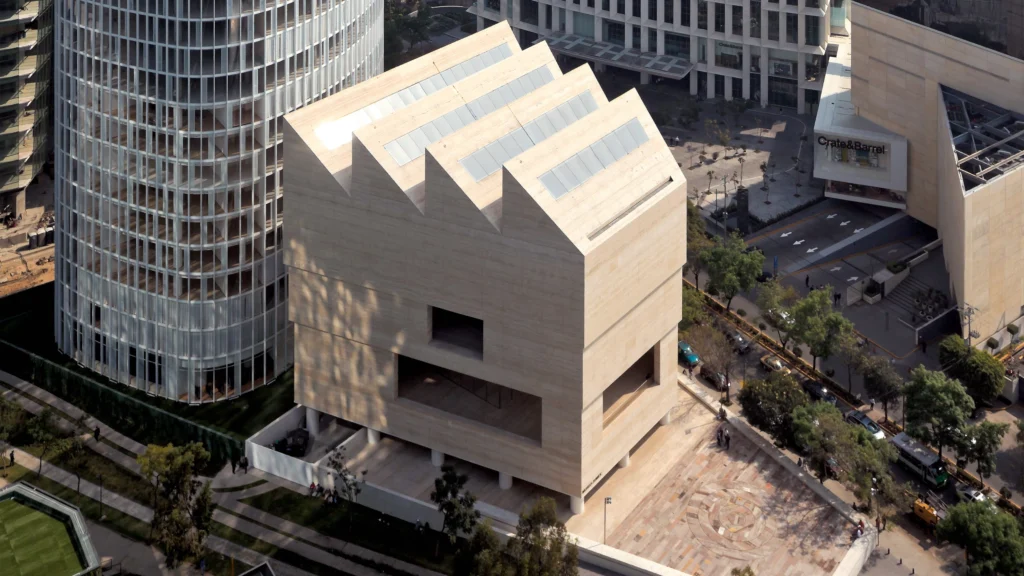
Contemporary Art: Jumex and Zona Maco
Mexico City’s contemporary art scene is as dynamic as its historical heritage. Fundación Jumex, housed in a striking David Chipperfield-designed building, is the city’s leading venue for modern art. Its rotating exhibitions feature works by Mexican and international artists, making it a key destination for those seeking the pulse of the contemporary art world.
In February, the city hosts Zona Maco, Latin America’s largest art fair. This annual event transforms Mexico City into a global hub for collectors, curators, and enthusiasts, showcasing everything from avant-garde installations to cutting-edge design.
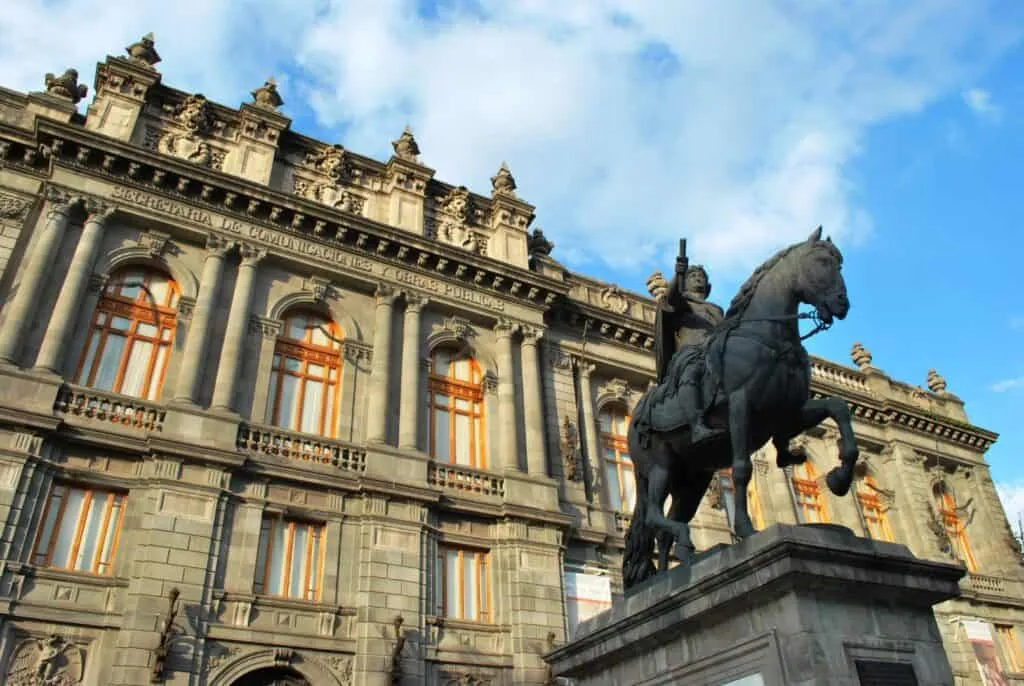
Art in Grandeur: MUNAL
The Museo Nacional de Arte (MUNAL) is not just a repository of Mexican art but a work of art in itself. Its grand Beaux-Arts building, with sweeping staircases and marble columns, sets the tone for a collection that spans centuries. From colonial religious paintings to 19th-century landscapes, MUNAL offers a comprehensive view of the artistic evolution that shaped modern Mexico.
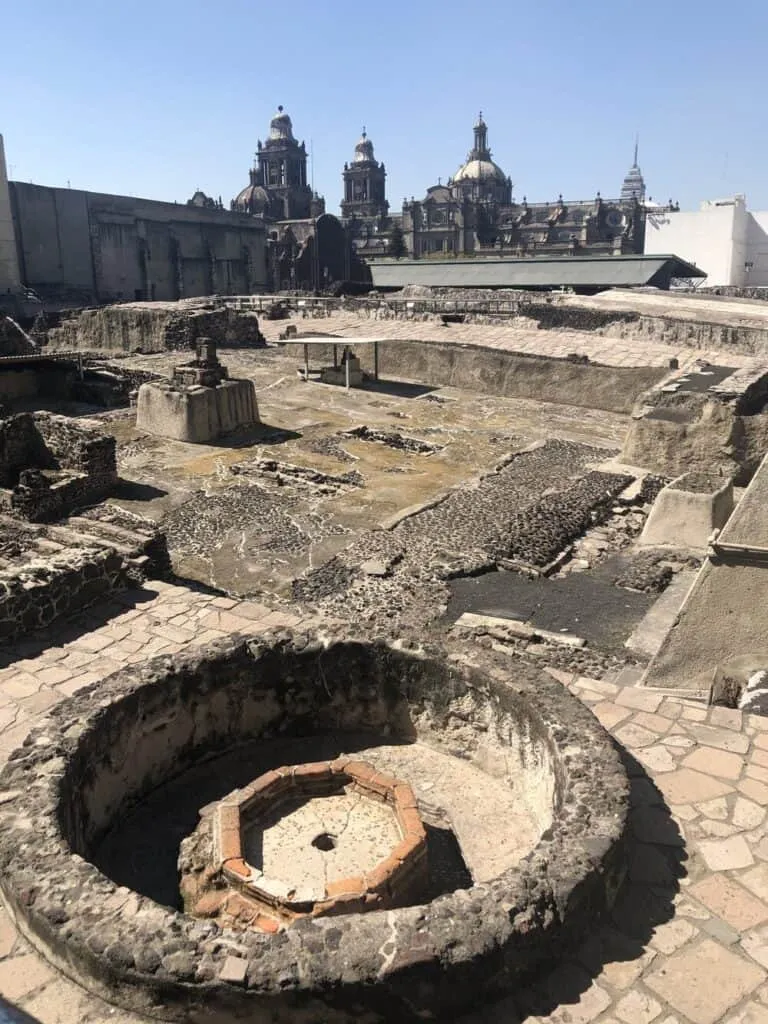
Templo Mayor: Art Meets Archaeology
In the heart of downtown Mexico City, the Templo Mayor is a remarkable fusion of art and archaeology. Once the centre of the Aztec capital Tenochtitlan, the site now offers a glimpse into the religious and artistic practices of this formidable civilisation. The museum adjacent to the ruins showcases extraordinary artefacts, including the massive stone disc of Coyolxauhqui, the moon goddess, a testament to the Aztecs’ artistic and spiritual sophistication.
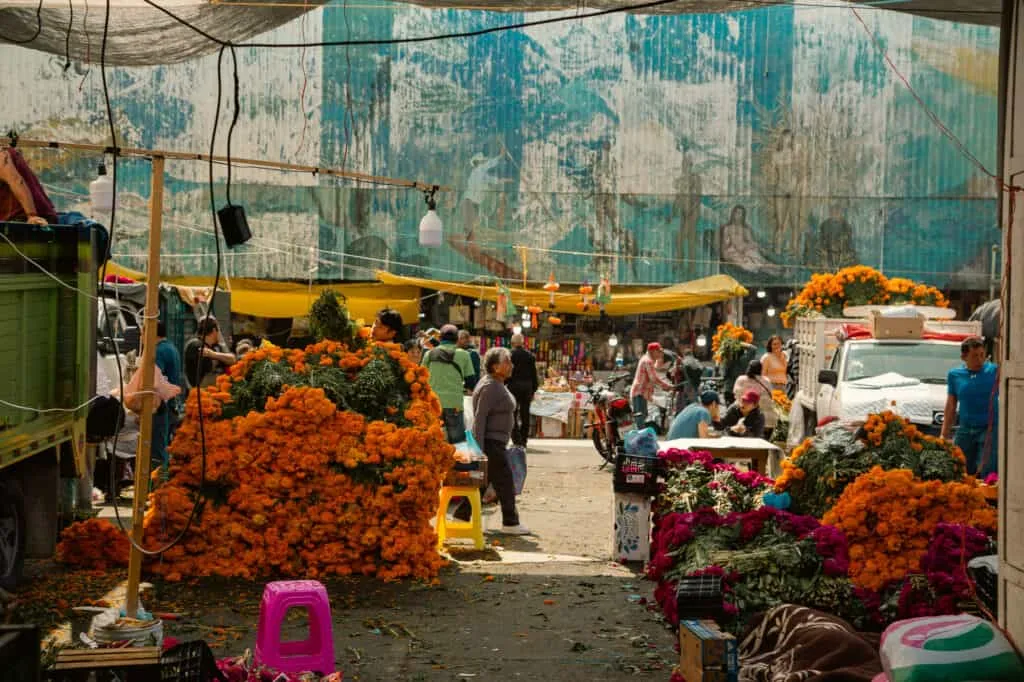
Exploring Art Beyond the Museums
Mexico City’s art scene isn’t confined to galleries and institutions. It spills into its streets, neighbourhoods, and everyday life. Areas like Roma and Condesa are dotted with independent galleries, design boutiques, and street art that reflect the city’s creative energy. The city’s parks, cafes, and even its metro stations are infused with artistic expression, making every corner a potential discovery.
It is a place where art is inseparable from life. Its museums and galleries hold treasures that span millennia, while its streets hum with the creativity of today. For those who seek inspiration in every form, this is a city that lives and breathes art.
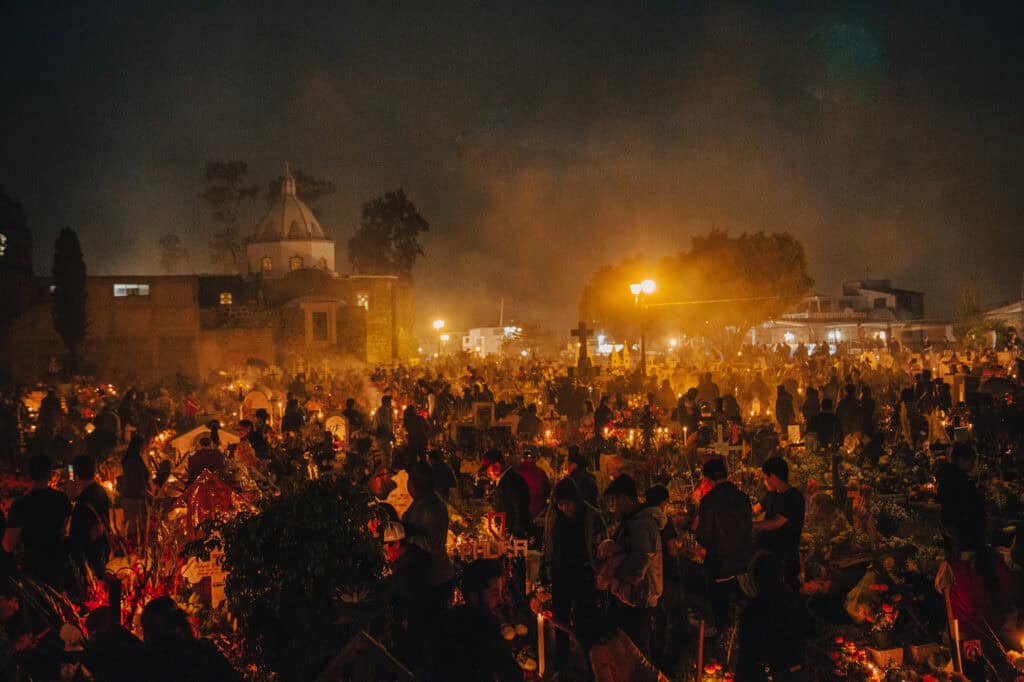
Related Stories
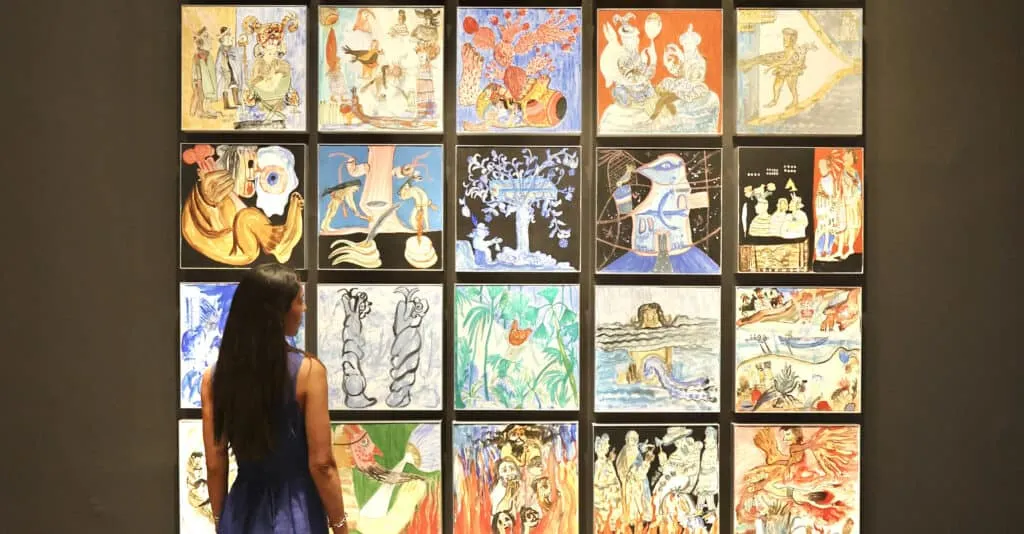
An Interview With Paola Castelo from Vuelta Sur
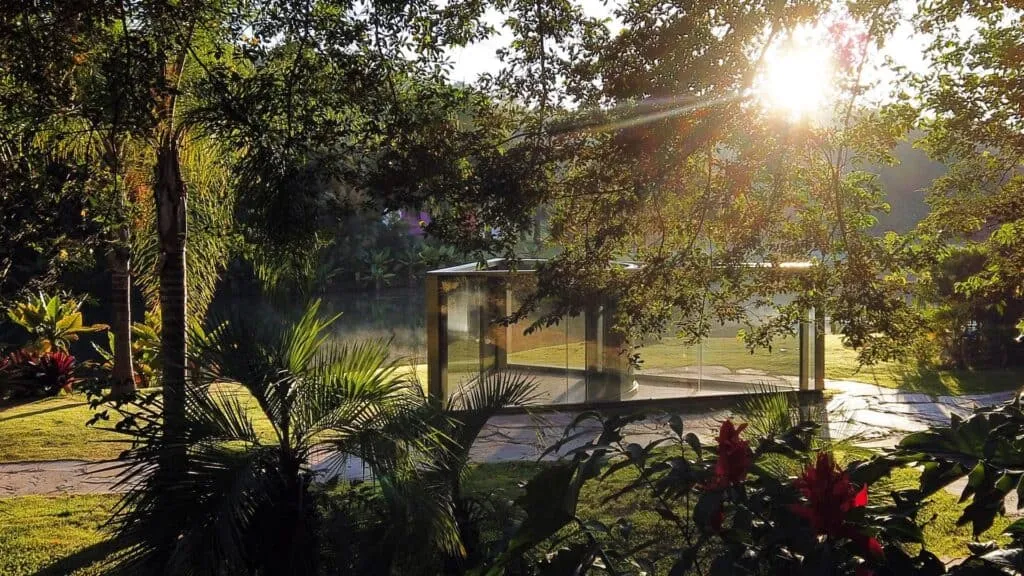
The Art Lover’s Guide to Brazil
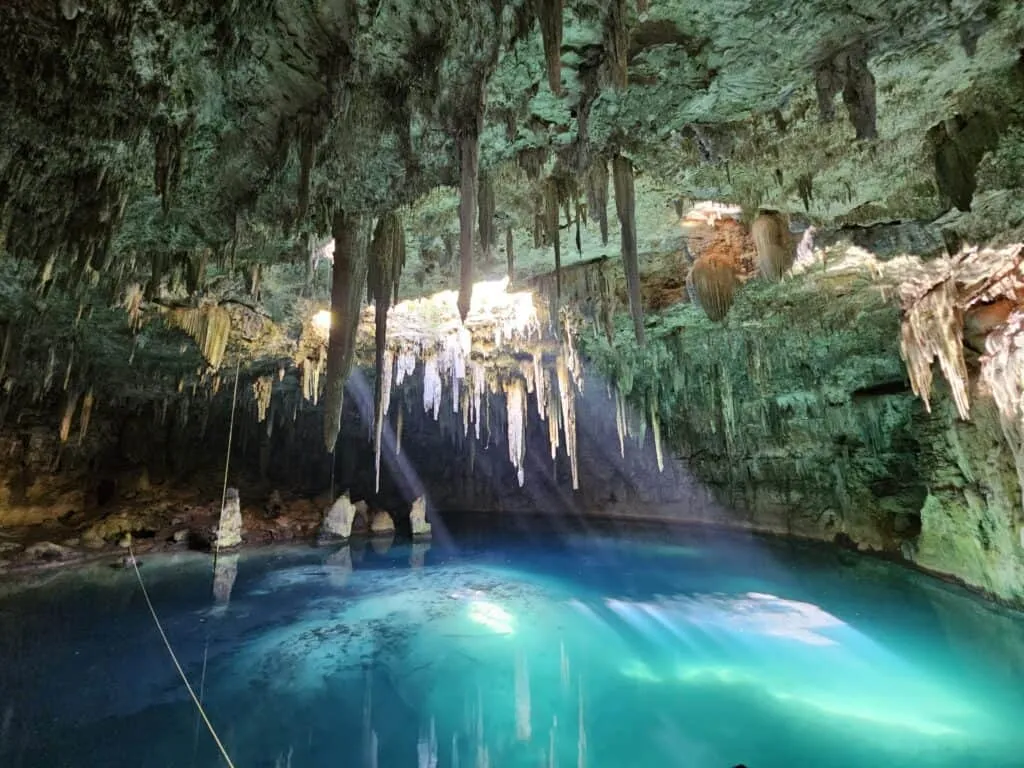
A Deep Dive into the Yucatán with Stanley Stewart – The Financial Times
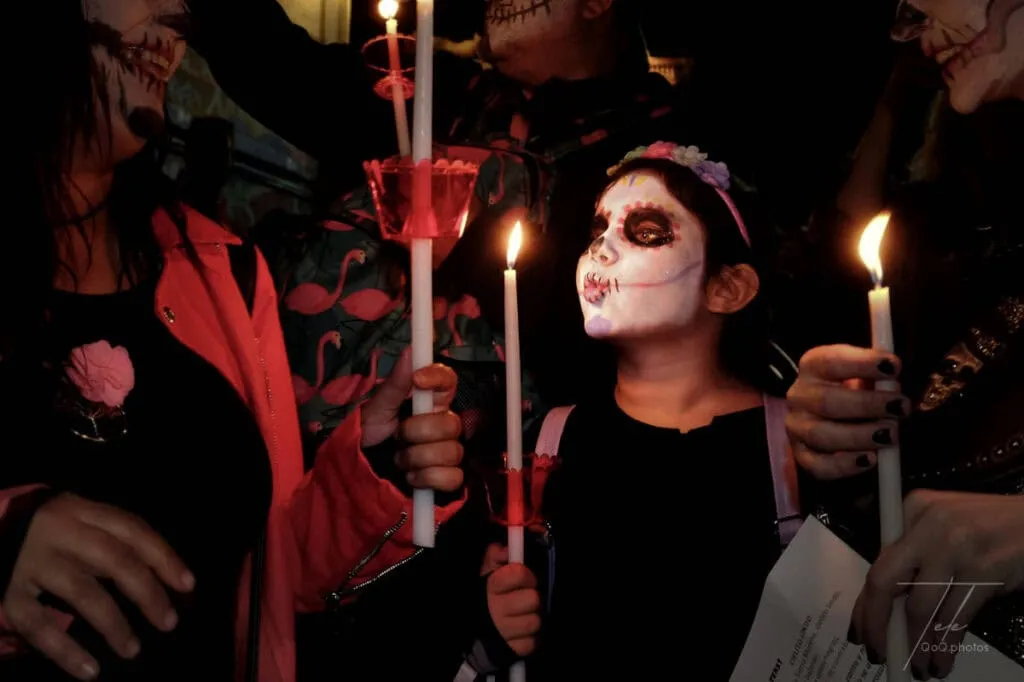
Day of the Dead: A Lively Affair in Mexico and Beyond
@plansouthamerica
